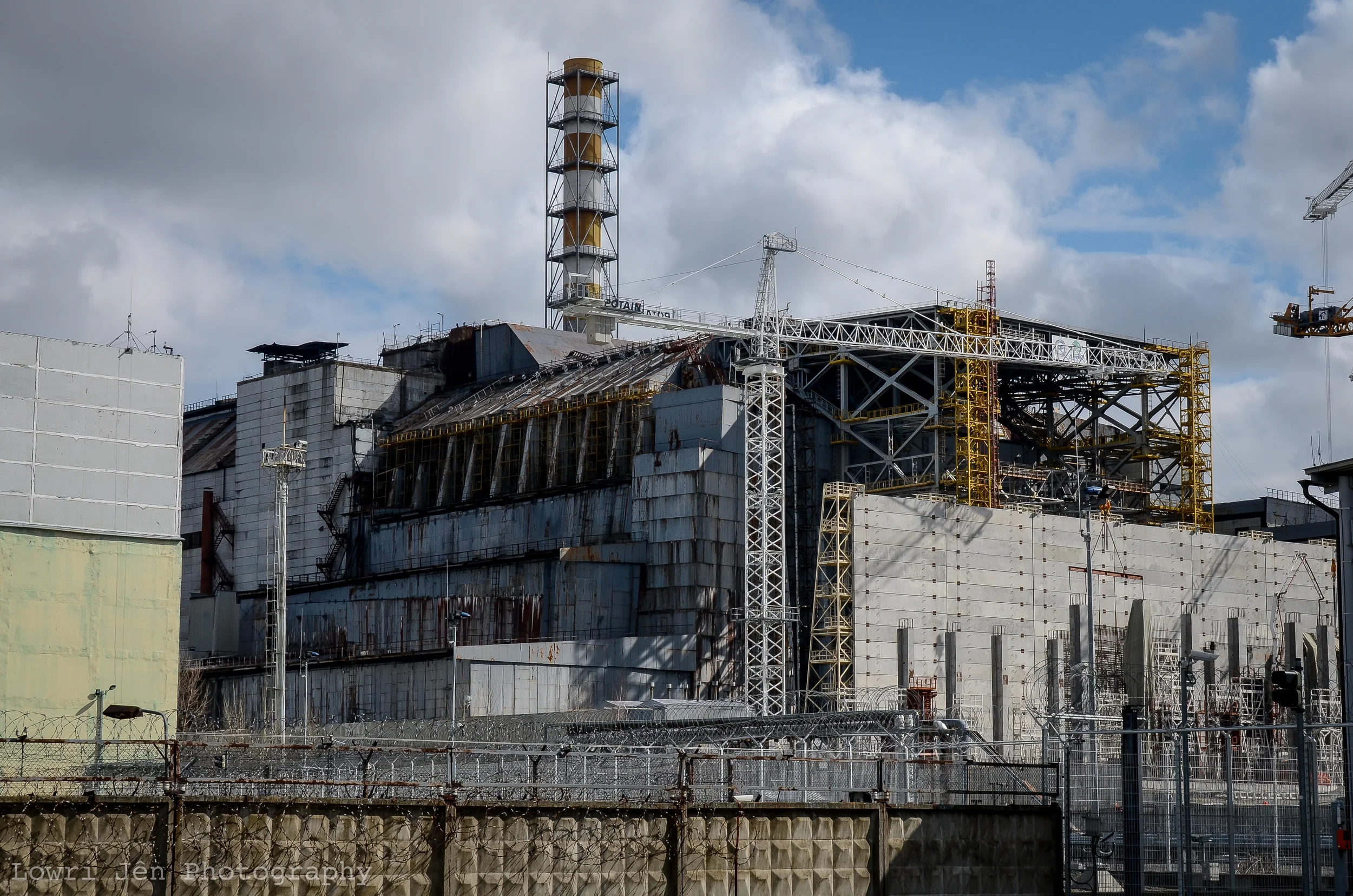










The Chernobyl nuclear disaster (also referred to as Chernobyl or the Chernobyl accident) was a catastrophic nuclear accident that occurred on 26 April 1986 at the Chernobyl Nuclear Power Station in the town of Pripyat, in Ukraine (then officially the Ukrainian SSR), which was under the direct jurisdiction of the central authorities of the Soviet Union. An explosion and fire released large quantities of radioactive particles into the atmosphere, which spread over much of the western USSR and Europe.
The Chernobyl disaster was the worst nuclear power station accident in history in terms of cost and casualties. It is one of only two classified as a level 7 event (the maximum classification) on the International Nuclear Event Scale, the other being the Fukushima Daiichi nuclear disaster in 2011. The battle to contain the contamination and avert a greater catastrophe ultimately involved over 500,000 workers and cost an estimated 18 billion rubles. During the accident itself, 31 people died, and long-term effects such as cancers are still being investigated.
An area originally extending 30 kilometres (19 mi) in all directions from the plant is officially called the "zone of alienation". It is largely uninhabited, except for about 300 residents who have refused to leave. The area has largely reverted to forest, and has been overrun by wildlife because of a lack of competition with humans for space and resources. Even today, radiation levels are so high that the workers responsible for rebuilding the sarcophagus are only allowed to work five hours a day for one month before taking 15 days of rest. Ukrainian officials estimate the area will not be safe for human life again for another 20,000 years.
On December 22, 1988, Soviet scientists announced that the sarcophagus containing rector No. 4 would only last 20–30 years before requiring restorative maintenance work. In 1998, with the help of the European Bank for Reconstruction and Development, a conservation programme was completed which included securing the roof beams from collapsing. Nonetheless the rain-induced corrosion of supporting beams still threatens the sarcophagus's integrity. It was revealed that the water is leaking through the sarcophagus via holes in its roof, becoming radioactively contaminated, and then seeping through the reactor's floor into the soil. The new containment device will allow the sarcophagus to be dismantled and radioactive material to be removed. The New Safe Confinement was expected to replace the existing sarcophagus in 2015. However, delays and a €100 million funding gap have seen the completion date of the New Safe Confinement set back to 2017.